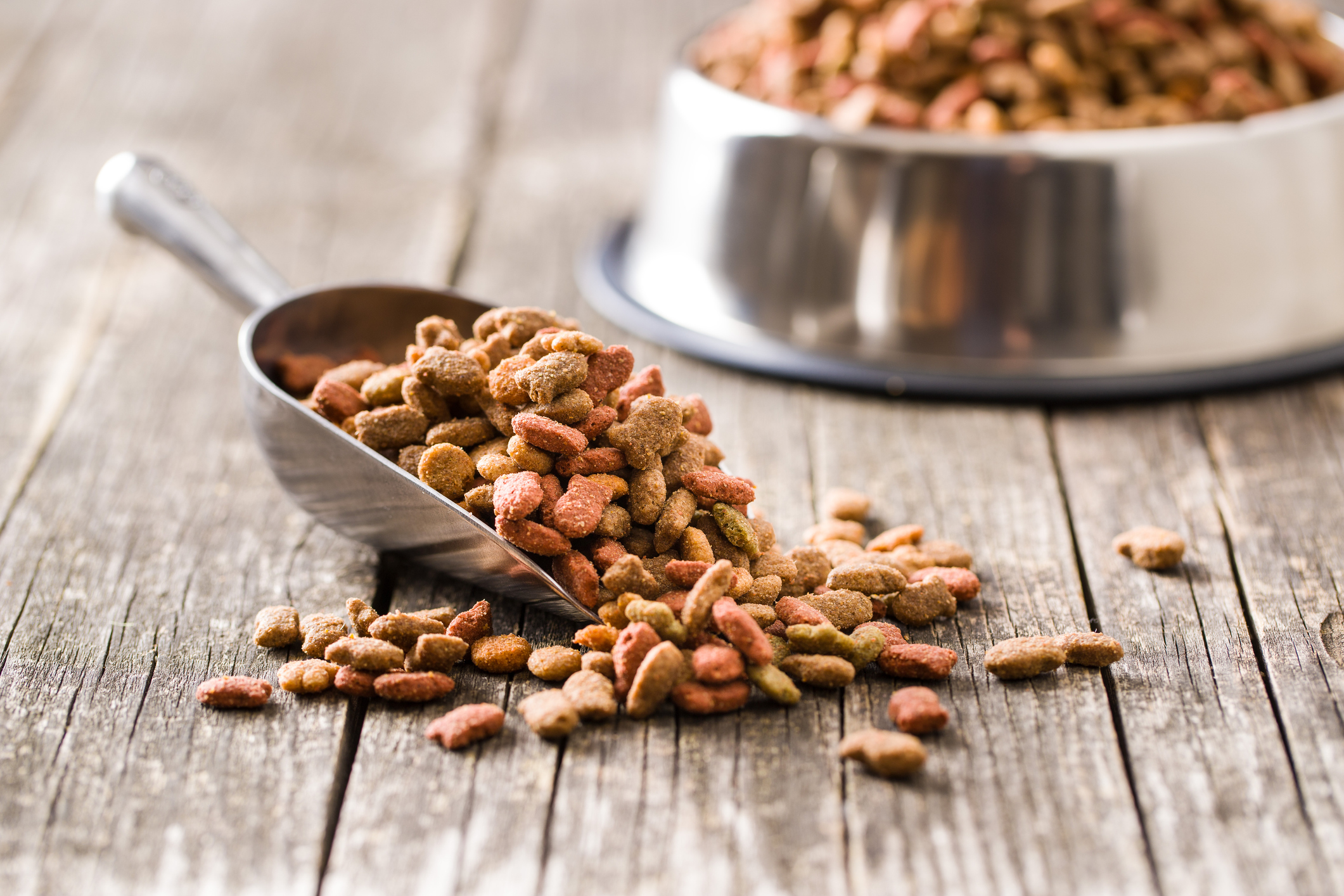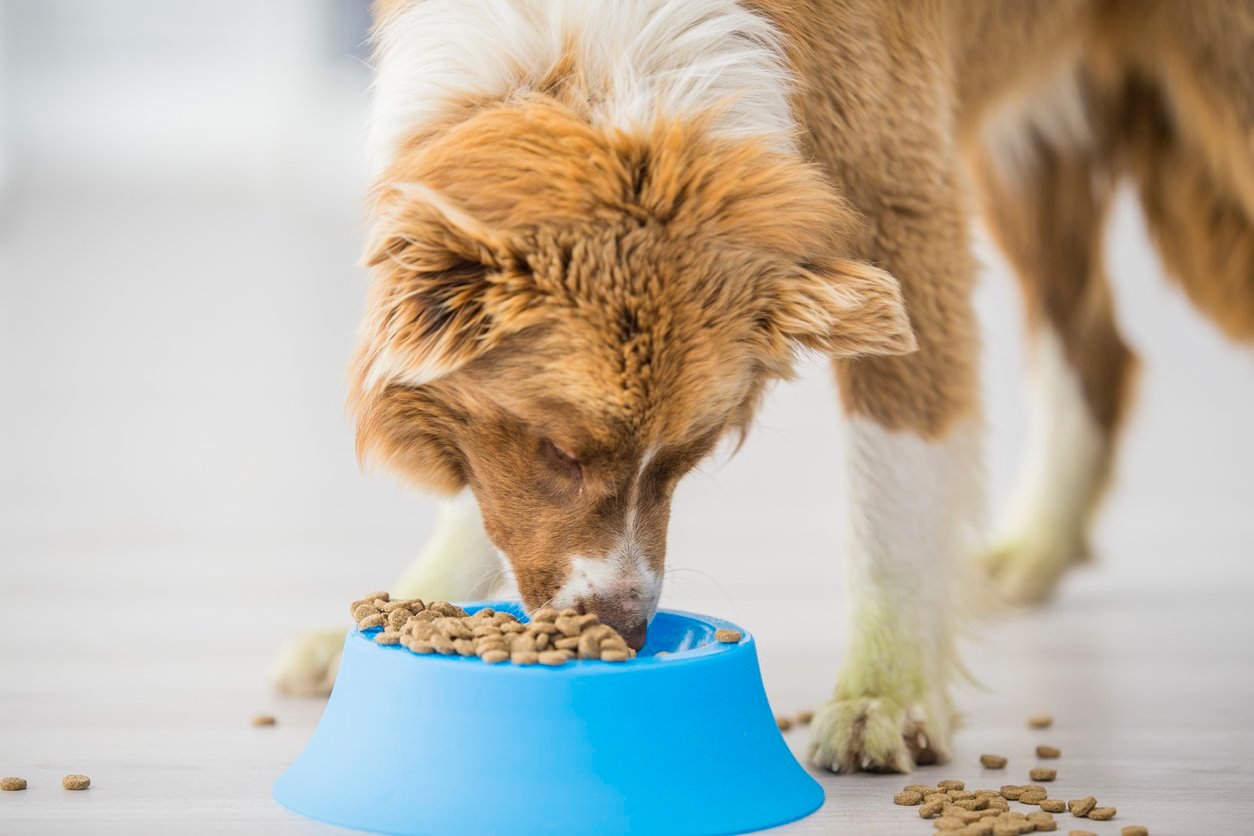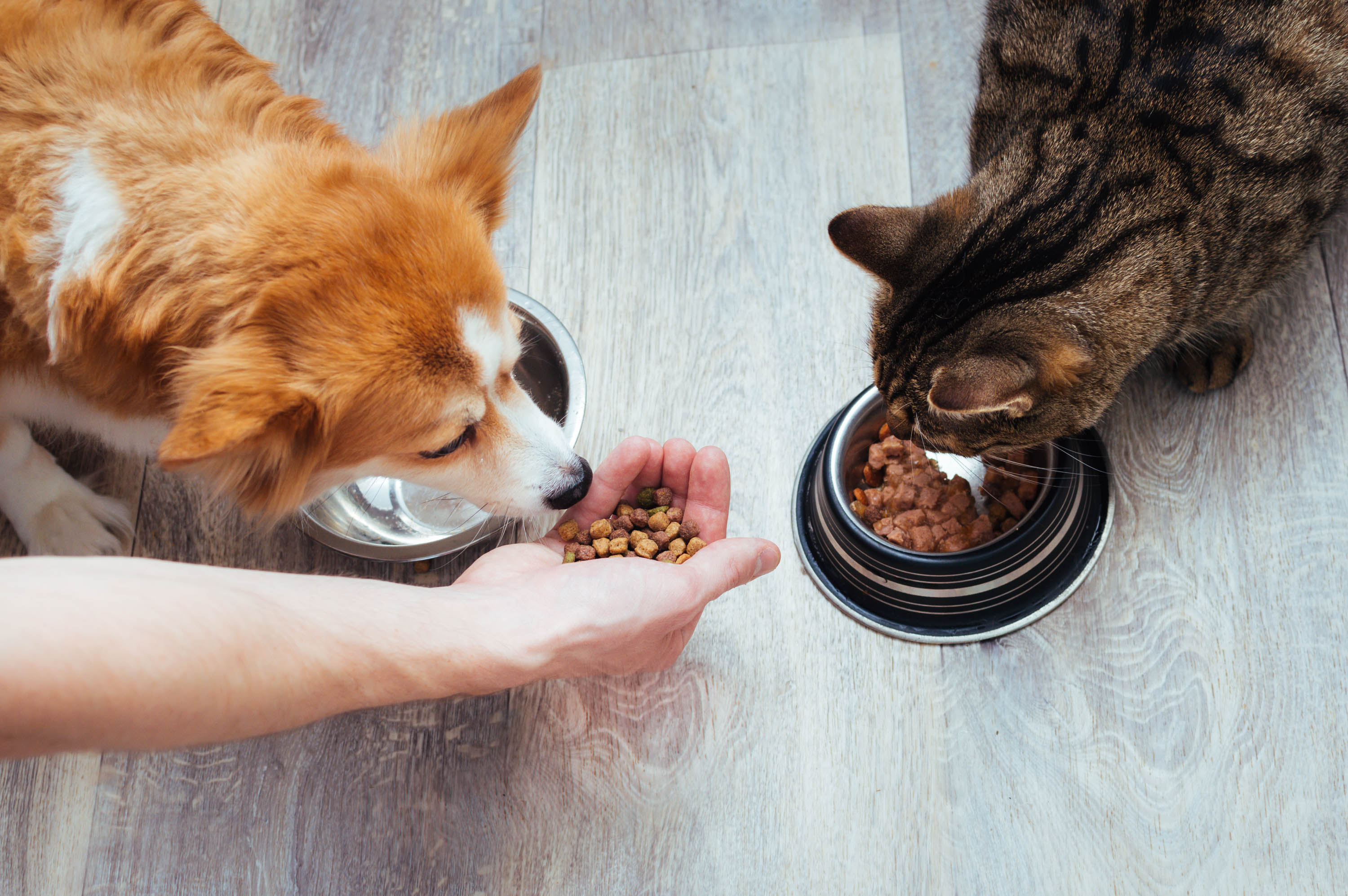
Switching Dog Food: Why and How
Have you recently felt the need to introduce your pet to a new food? If yes, here’s a guide to understanding everything you need to know about changing your pet’s food.
Reasons for Switching Pet Food

A New Pet
It’s quite common for people to switch to a new pet food when they are bringing home a new pet. They no longer want to use the old food brand and want to adopt a different formula for their new cat or dog.
Your Pet Is Going Through a New Life Phase
The different stages of a pet’s life aren’t only characterized by a change in maturity and a change in physical ability, but also require a change in nutrition. Every time a pet enters a different life stage, it will have different nutritional and digestive needs. Food that you give to a puppy, for example, is specifically designed to accommodate growth. However, once that dog reaches adulthood, you cannot feed him puppy food as he will need a different formula that can fuel his growing body.
Puppy food has a high calorie, fat and protein content and if you continue to feed this type of food to your adult dog, there is a high possibility of him becoming overweight, which could eventually cause several health problems like diabetes, kidney disorders, arthritic conditions and heart problems. Obesity is already a big problem for pets and thus feeding a high-calorie food like puppy food to an adult dog that doesn’t need a such huge amount of calories will lead to unwanted weight gain.
Allergies
A food allergy refers to an immunological reaction to a specific food component and such allergies are quite common in pets. For instance, common food allergy symptoms include itchy skin, skin rashes, itchy paws, sneezing, hair loss, red eyes, hot spots, vomiting, diarrhea and oily skin.
Pet owners often wonder if their pets can actually inherit these allergies and the short answer is yes. In general, they can inherit the allergy from a parent and once they are exposed to a particular food, they will have an allergic reaction. The most common food allergens in dogs, for example, are proteins, especially those from diary products, chicken, eggs, soy, beef or gluten.
If you’ve found the offending food items that are triggering an allergic reaction in your pet, the next step is to avoid them as much as possible and to switch to new food formula.
Weakness
If you’ve noticed that your pet often appears to be worn out, then maybe it’s time for you to switch to a new pet food. And, if your pet has recently undergone a stressful event like a surgery, vets always recommend a change in diet.
At this critical stage, you’ll need to feed your pet foods that are high in antioxidants. In addition, healthy and fresh pet food like the fresh meat and cooked rolls provided by Ecopet is often recommended.
Your Pet Needs to Lose/Gain Weight
If you’ve taken your pet to the vet and were told that your pet needs to lose or gain weight, it means you need to adjust his diet accordingly. In some cases, the vet can always recommend switching to new pet food. And, if the vet recommends a prescription food that you cannot afford, just be honest and ask him for another option.
How to Transition to New Pet Food?

The One-Week Transition
When it comes to introducing new food to your pet, the most common recommendation is the one-week transition approach, which consists of offering up to 25 % of the new food to your pet.
Days 1 and 2: Keep 75% of the old food and add 25 % of the new food.
Days 3 and 4: Have a 50/50 split of the old and new food.
Days 5 and 6: Move up to 75 % of the new food and feed only 25 % of the old food.
Days 7 and onwards: You can now feed your pet with 100 % of the new food.
If you are unsure about switching to a new pet food, talk to your vet and if you are struggling to find a new and healthy pet food, I strongly recommend Ecopet!





